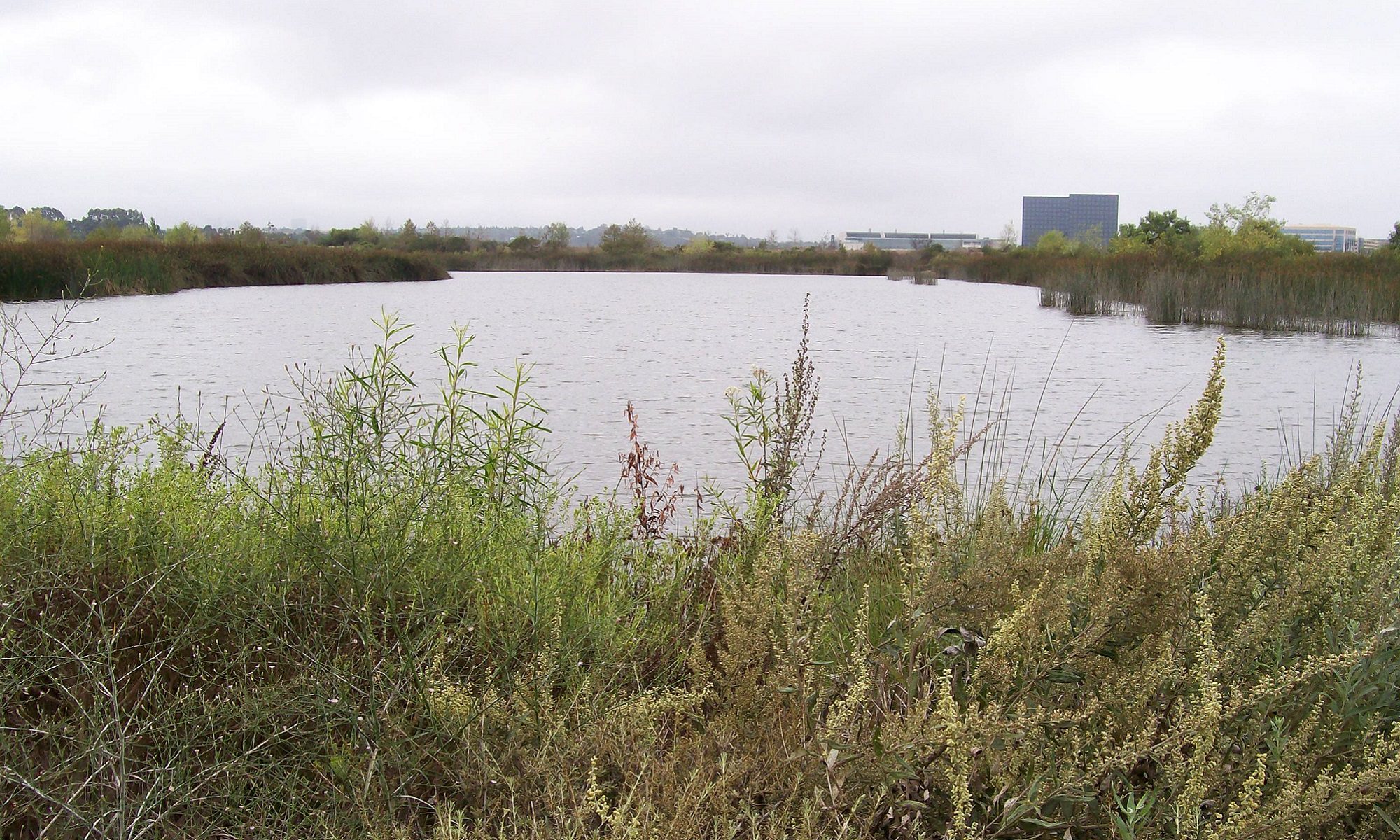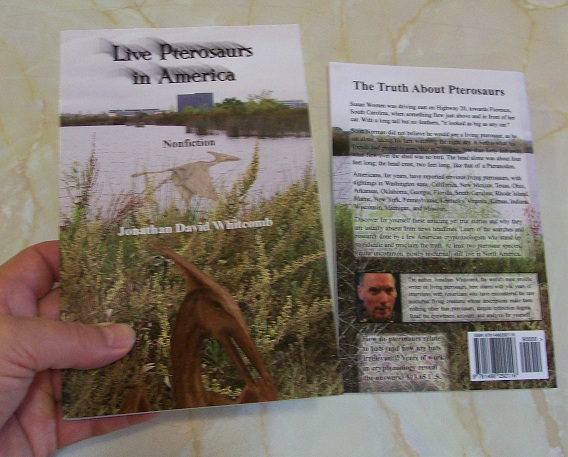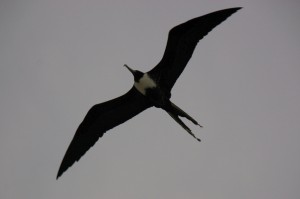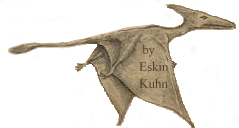The third edition of Searching for Ropens (to be published around the end of February, 2014) will include the following pterosaur-sighting report from Virginia (this is only part of it). The full title of the book is Searching for Ropens and Finding God.
“. . . a couple of weeks ago [mid-2012], by myself I saw two flying. Then this Sunday in about the same place, my daughter and I saw one fairly close up, flying in the opposite direction. . . . The most obvious feature was the diamond or spade tipped tail, I have not found any creature that compares. . . .
“Based on my personal readings concerning hawks and eagles and their size and general flight patterns I would estimate the creature we saw as having 6 foot wing span minimum with a maximum of 10 foot . . . When the creature was in front and above us was about when we were the closest. At this point I saw the tail structure off and on and my daughter, who is 13, however said she saw the tail structure the whole time.”
The new book will also feature a more lengthy sighting report from Virginia. The word “pterodactyl” came to the young lady’s mind at the time; later she learned the correct word: “pterosaur.” The following is a tiny portion of that report:
“I was seventeen at the time of this encounter. It was very late at night. . . . I’d place the time to be somewhere between ten and midnight . . . I went swimming with a friend at a local reservoir . . . in the back of a U-shaped inlet. . . . I was standing straight up in the middle of the U section with the water about as high as my hips and I was making some splashing I remember, rather loudly, right before I saw it.
“It came from the direction of the moon . . . all I saw was its silhouette. I could see it was big even before it was close. It seemed like it crossed a great distance with only a few flaps of its wings . . . I have not before nor since ever been so petrified in my life. . . .
“The wings were somewhere between 15 and 20 feet wide and they covered the entire opening to the U-shaped inlet when they were open. The wings were bat shaped without feathers, the head’s silhouette . . . like a point . . . like a head crest but what I was looking at more than anything else was its large, sharp talons.
“. . . it hovered there mid air 20 to 30 feet away directly in front of me about 15 to 20 feet above the water . . . I can’t even remember in which direction it flew off. I think I was in shock.“
Many more details on this sighting you can read in Searching for Ropens and Finding God, including the author’s questions for this eyewitness from Virginia and her detailed answers. This third edition of the book is greatly expanded from the second edition, with many sighting reports from the United States. It will be a great supplement to the third edition of Live Pterosaurs in America.
.
“Hello, Jonathan. It’s nice to meet you. . . . Thank you for keeping me anonymous. I finished reading your book ‘Live Pterosaurs in America’ yesterday. It was very good. I like how you peppered it with a little humor, too. I appreciated how you kept private those who wished to remain anonymous. . . .”
Pterosaur Sighting in North Carolina
I was driving along on I-540 in Raleigh at sundown tonight, cruising at about 70 mph, heading to my weekly jam session with my buddy. All of a sudden I see the HUGE bird looking thing fly across the overpass I was on, maybe 20-25 feet in front of my car and about 7 or 8 feet off the ground.
###






